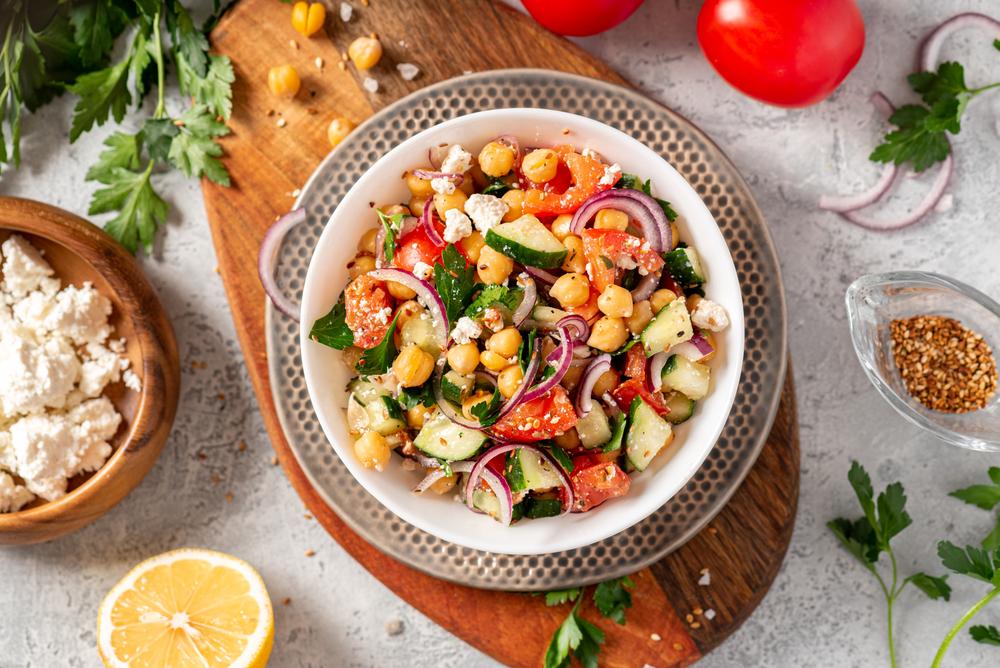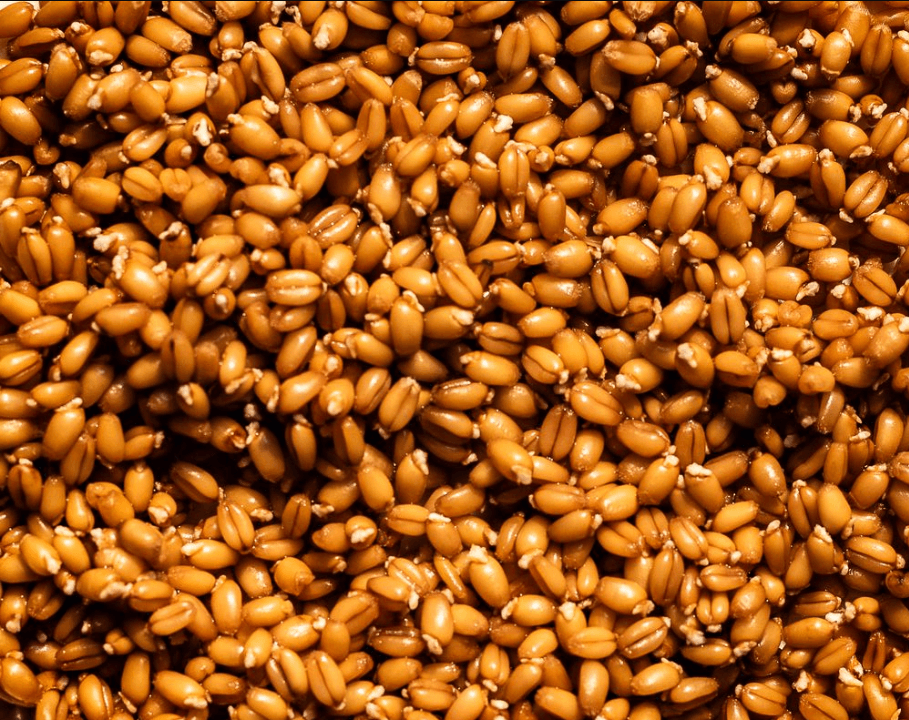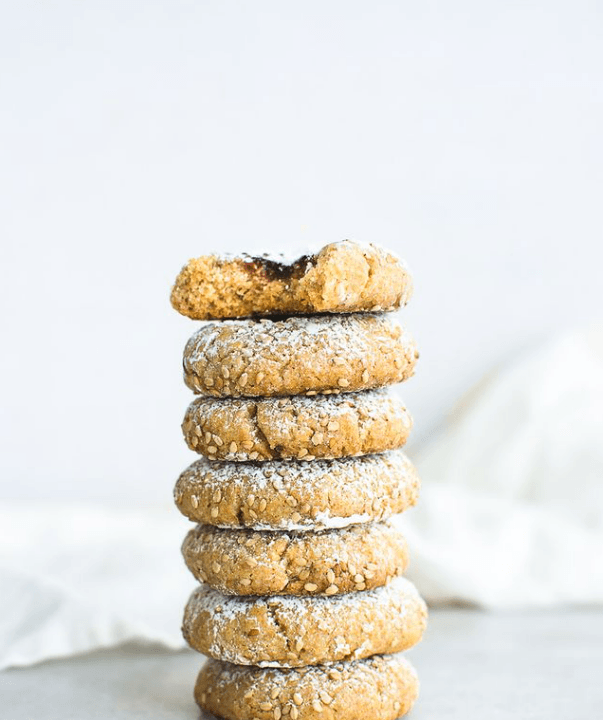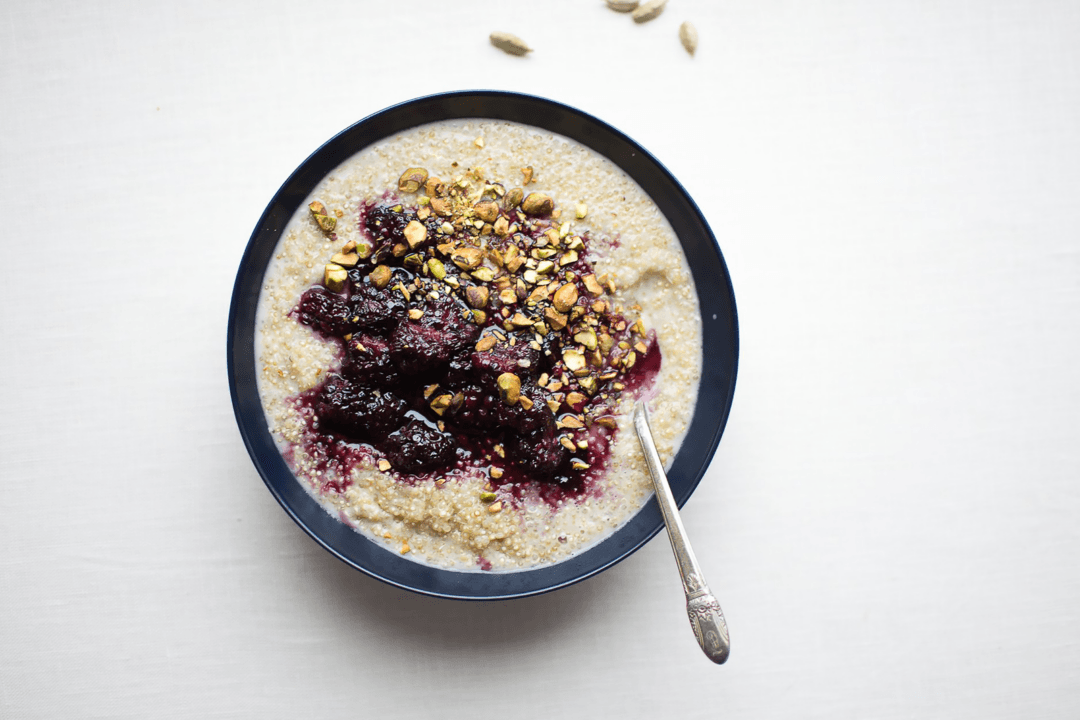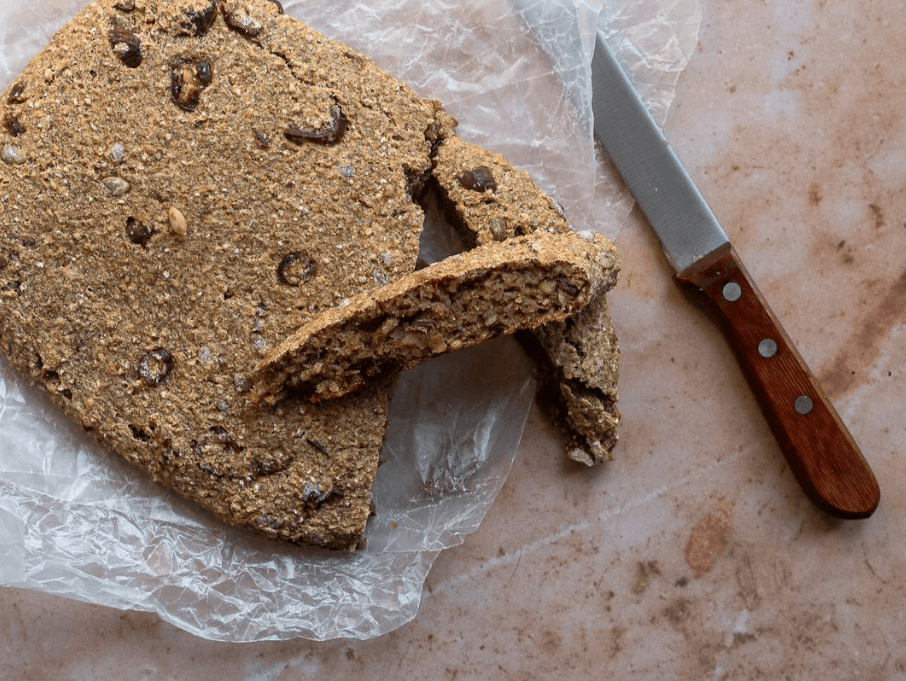When your grocery budget is tight, there are always two things you can count on: beans and rice. These stalwart champions of tiny grocery budgets are affordable, accessible, and nutritious.
Beans make a versatile ingredient that can stretch a pound of ground beef into a pot of chili that feeds a crowd. Add a little cheese and a can of tomatoes, and you have a casserole for a hungry family. Stir them into a pot of broth with last night’s leftovers, and you’ll have a nourishing soup.

